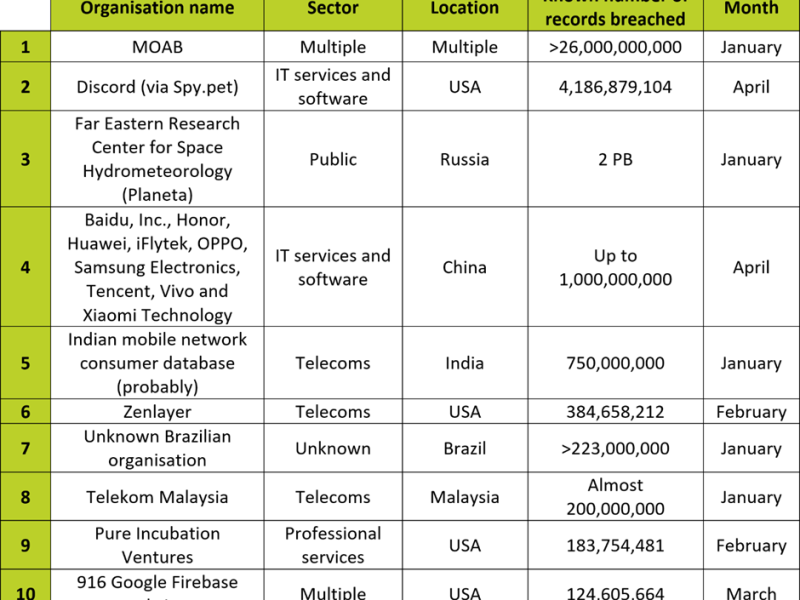In today’s digital age, our smartphones are like a treasure trove of personal information. From photos and messages to banking information and passwords, our smartphones hold a wealth of sensitive data. However, with the increasing number of cyber threats, it’s crucial to ensure that your smartphone is secure. But how can you be sure that your device is protected from potential security risks? In this article, we’ll discuss some simple yet effective ways to check the security of your smartphone.
Update Your Operating System
One of the most important steps in securing your smartphone is to ensure that your operating system is up to date. Manufacturers regularly release software updates that not only introduce new features but also patch security vulnerabilities. By keeping your device’s operating system updated, you can protect your smartphone from potential exploits that could compromise your data.
Enable Biometric Authentication
Most smartphones today offer biometric authentication options such as fingerprint scanners or facial recognition. These features add an extra layer of security to your device, making it much harder for unauthorized users to gain access to your data. Be sure to enable biometric authentication on your smartphone and use strong, unique passcodes as an additional security measure.
Use a Virtual Private Network (VPN)
When you connect to public Wi-Fi networks, your data is vulnerable to interception by hackers. Using a Virtual Private Network (VPN) encrypts your internet traffic, providing an added layer of security when browsing the web on your smartphone. Consider using a reputable VPN service to protect your sensitive information from prying eyes.
Review App Permissions
Apps often request various permissions to access your device’s features and data. While some permissions are necessary for the app to function properly, others may be invasive and compromise your privacy. Take the time to review the permissions granted to each app on your smartphone and disable any that seem unnecessary or excessive. This simple step can help protect your personal information from being misused.
Install Security Software
Just like your computer, your smartphone can benefit from the added protection of security software. There are many antivirus and security apps available for both Android and iOS devices that can help detect and remove malware, block malicious websites, and provide real-time protection against cyber threats. Consider installing a reputable security app to enhance the security of your smartphone.
Avoid Clicking on Suspicious Links
Phishing attacks are a common tactic used by cybercriminals to trick users into revealing sensitive information. Be wary of unsolicited emails, text messages, or social media posts that contain suspicious links. Avoid clicking on these links and never provide personal information unless you are certain of the sender’s identity. By staying vigilant and practicing good online hygiene, you can reduce the risk of falling victim to phishing scams.
Conclusion
Securing your smartphone is essential to protect your personal information and safeguard your privacy. By following these simple tips, you can ensure that your device is protected from potential security threats. Remember to keep your operating system up to date, enable biometric authentication, use a VPN when connecting to public Wi-Fi, review app permissions, install security software, and avoid clicking on suspicious links. By taking proactive steps to secure your smartphone, you can enjoy using your device with peace of mind.


